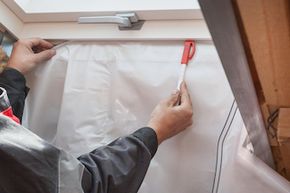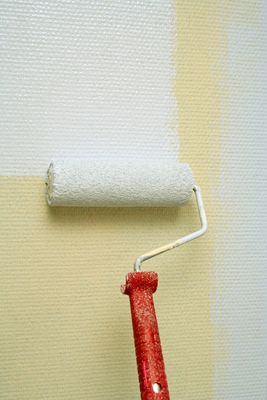A vapor barrier is an essential part of a building, but it’s often installed incorrectly or omitted entirely. Fortunately, vapor barrier installation isn't as complex as it may seem.
When it comes to protecting your home from the damaging effects of moisture, few things are as critical as a properly installed vapor barrier. But what exactly is a vapor barrier, and why is it so important in building construction?
Advertisement
Essentially, a vapor barrier is a material used to block moisture, and prevent water vapor and mold spores from penetrating walls, ceilings, crawl spaces, and floors. It's an essential component in maintaining the integrity of structural elements of a building, preventing mold growth, and ensuring a healthy living environment [source: Wallender].
Vapor barriers can be made from various materials, including plastic sheeting, foil, and coated paper. Each type is designed to control the diffusion of moisture through walls, though the choice of material often depends on specific conditions and requirements.
This guide will cover the basics of vapor barrier installation, from selecting the right type of barrier to the final touches of sealing it in place. Understanding the role of proper installation is an investment in the longevity and health of your home. So take care to learn as much as you can.
Advertisement

